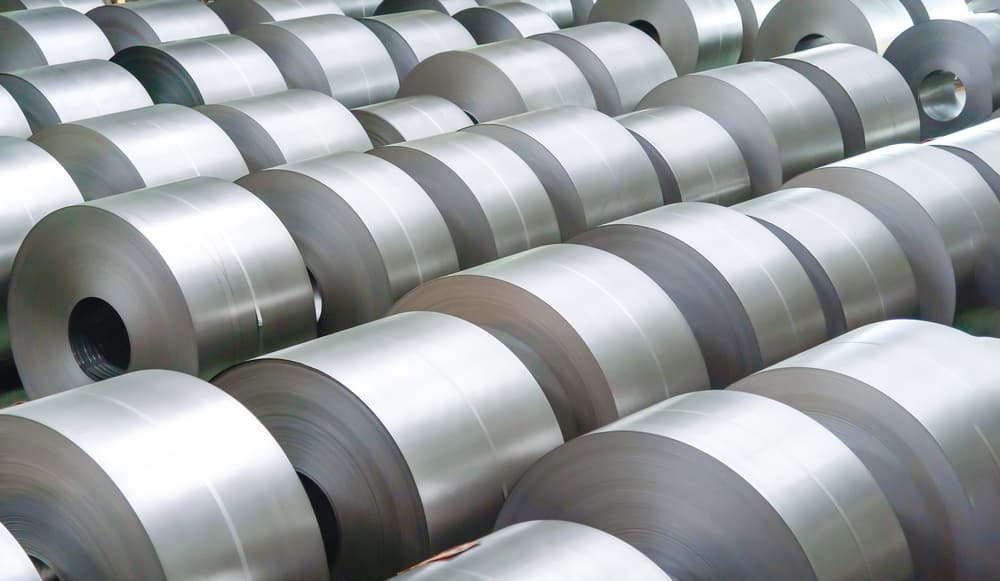Not long ago, supply chains were an invisible part of the global economy, quietly moving goods from one point to another without attracting much public attention. They were the behind-the-scenes infrastructure that made modern life possible, but they rarely made headlines. That’s all changed. Over the past few years, global events have pushed resource supply chains into the spotlight – and for good reason. In an interconnected world, the movement, sourcing and availability of essential materials directly shape industry and even geopolitics.
Disruption and Demand
The pandemic exposed just how vulnerable global supply networks can be. From automotive manufacturing delays to shortages in home electronics, people began to notice that when materials don’t move, industries grind to a halt. But beyond the headlines about shipping containers and transport bottlenecks lies a deeper issue, which is the availability of the raw resources themselves.
Industries that rely on specific inputs, from rare earth minerals for batteries to high-grade metals for construction and engineering, have been hit hardest. Demand for these materials is surging due to the global push toward renewable energy, electric vehicles and advanced manufacturing. At the same time, supply remains constrained by factors such as mining capacity, environmental regulations and geopolitical tensions.
The Technology Connection
Technology is at the heart of why resource supply chains matter more than ever. Every new smartphone, solar panel or data centre server depends on a complex web of suppliers providing specialised materials. Without reliable access to those materials, the innovations we take for granted could slow or stall entirely.
Consider electric vehicles: they require large quantities of lithium, cobalt, copper and aluminium. These are not always easy to source, especially in the quantities needed to scale production. Similarly, wind turbines and solar farms demand significant amounts of structural metals and rare alloys. As the world accelerates its transition to cleaner technologies, the strain on resource supply chains will only intensify.
Geopolitics and Resource Security
The competition for resources is about geopolitics as much as it’s about economics. Nations are increasingly looking to secure their own access to vital materials, sometimes by investing directly in mining operations abroad or by tightening export controls. This competition has sparked a new era of ‘resource diplomacy,’ where access to certain materials can be used as leverage in international negotiations.
These tensions play out in global markets, where fluctuations in supply because of factors like political disputes, trade restrictions or natural disasters can cause sudden price spikes. For industries that operate on tight margins, even small changes in material costs can have significant consequences.
The Sustainability Factor
Alongside these supply pressures, there’s growing awareness of the environmental and social impact of resource extraction. Consumers, investors and regulators are demanding greater transparency in how materials are sourced. This has led to increased investment in recycling technologies, alternative materials and more sustainable mining practices.
Companies that can prove they have responsible, traceable supply chains are likely to have a competitive advantage in the years ahead. This shift can be about resilience as much as it can be about ethics. Sustainable sourcing often goes hand-in-hand with more reliable, diversified supply networks.
What Businesses Can Do
For businesses, the visibility of resource supply chains in the media is a reminder that these issues can no longer be ignored or left solely to procurement departments. Strategic sourcing, supplier diversification and closer collaboration with upstream partners are becoming essential.
Working with trusted metal suppliers and other partners can reduce risk and help companies respond more quickly to market changes. Forward-looking businesses are also building supply chain resilience into their growth strategies, recognising that in an unpredictable global environment, adaptability is a key asset.
The Bottom Line
The rise of resource supply chains as a front-page news topic reflects a broader truth: in the 21st century, access to materials is as critical as access to capital, talent or technology. The industries of tomorrow will be built not just on great ideas, but on the ability to secure and manage the resources that bring those ideas to life.
Whether it’s the copper wiring in a data centre, the steel framework of a skyscraper or the high-strength alloys in an aircraft, our future depends on supply chains that are resilient, transparent and sustainable. And as global demand continues to climb, those supply chains will remain at the centre of both economic planning and public debate.

